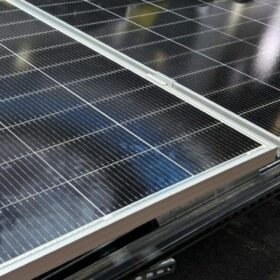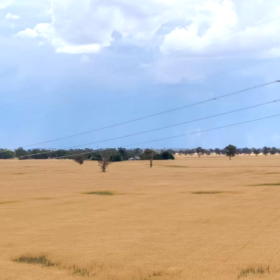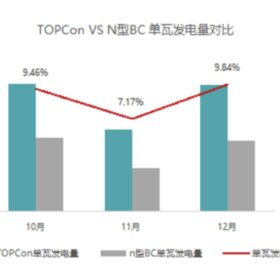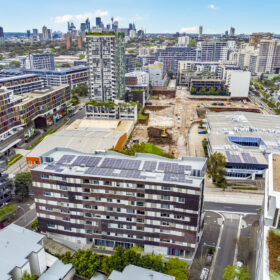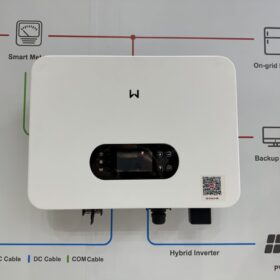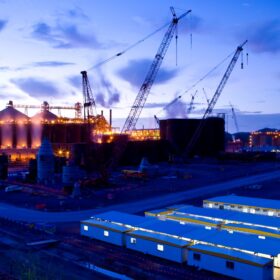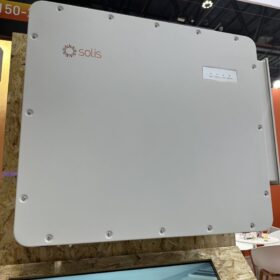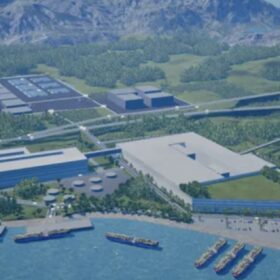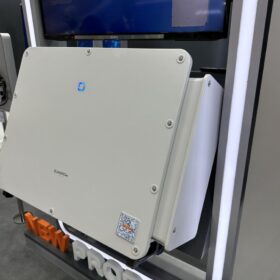JinkoSolar takes top spot on WoodMac’s list of PV module manufacturers
Wood Mackenzie says that JinkoSolar has taken first place on its list of solar panel manufacturers. The report confirms the dominance of the TOPCon technology but also notes that heterojunction and back contact panel manufacturers are increasing their production share.
Green bank gets $2 billion windfall to boost further investment in clean energy
A $2 billion allocation from the Australian government to its ‘green bank’ Clean Energy Finance Corporation will boost investment commitments in renewable energy generation and storage, electric vehicles, infrastructure and natural capital.
JinkoSolar’s TOPCon modules offer 8.82% yield gain in field test
JinkoSolar’s latest n-type tunnel oxide passivated contact (TOPCon) modules delivered higher energy yield per watt than a competitor’s n-type back contact (BC) modules in a three-month field test in Japan, under varying irradiance levels.
Allume’s upscaled manufacturing of SolShare to stay in Australia
Victoria-headquartered technology solutions company Allume Energy is choosing to scale up the domestic manufacture of its apartment building energy management system SolShare in Australia, saying the benefits far outweighs moving offshore.
GoodWe unveils hybrid inverters for homes with weak wireless service
GoodWe says its ES Uniq Series hybrid inverters suit on-grid and off-grid applications, offering a maximum efficiency of 97.6% and a European efficiency of 96.2%.
Government pledges $2 billion to drive aluminium sector’s renewables shift
The Australian government has announced a $2 billion investment designed to accelerate the decarbonisation of the nation’s aluminium smelters, encouraging them to switch from fossil fuels to renewable electricity within the next decade.
Solis releases three-phase string C&I inverters with fuseless design
The Chinese inverter manufacturer said its new inverters have an MPPT current of up to 54 A and support more than a 150% DC/AC ratio. The new products also feature a maximum efficiency of 98.8% and a European efficiency rate of 98.3%.
China’s REPT Battero to build battery factory in Indonesia
China’s REPT Battero has revealed plans to build a lithium-ion battery plant in Indonesia, targeting 8 GWh of annual production capacity in the first phase.
Sungrow launches new inverter for C&I applications
Sungrow has launched a new inverter for commercial and industrial applications that it says achieves 98.8% efficiency and 98.2% European efficiency.
Chinese PV industry brief: Aiko Solar starts making back-contact PV panels
Aiko Solar has started production at its Jinan factory, its third facility for n-type all-back-contact solar modules. The plant is designed for 30 GW of solar cell and panel capacity, with the first 10 GW phase set to reach full output by late 2025.
